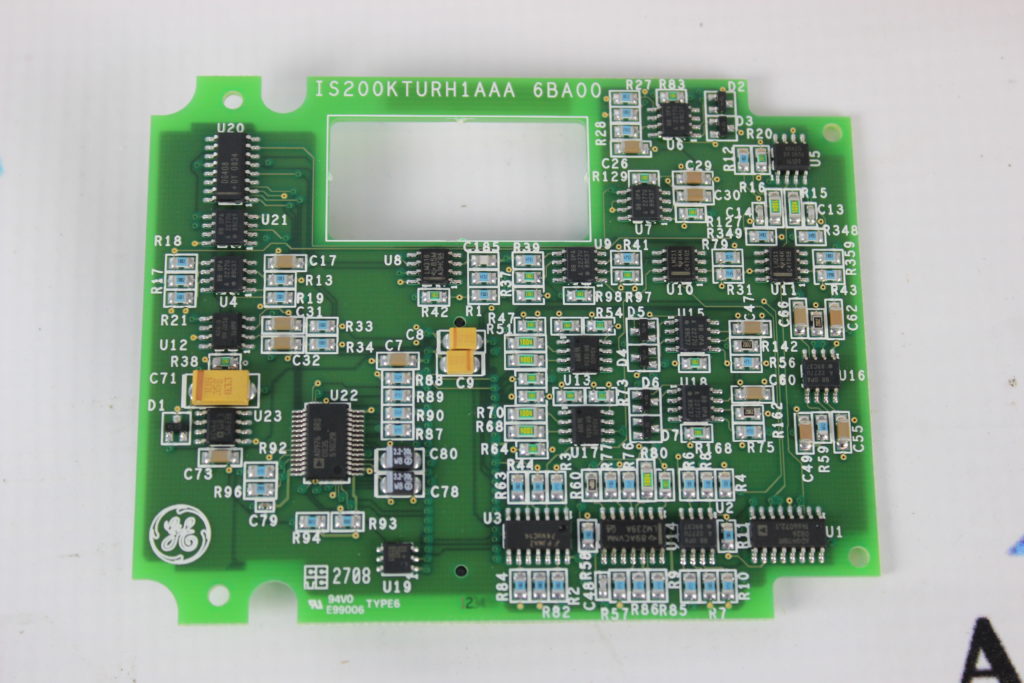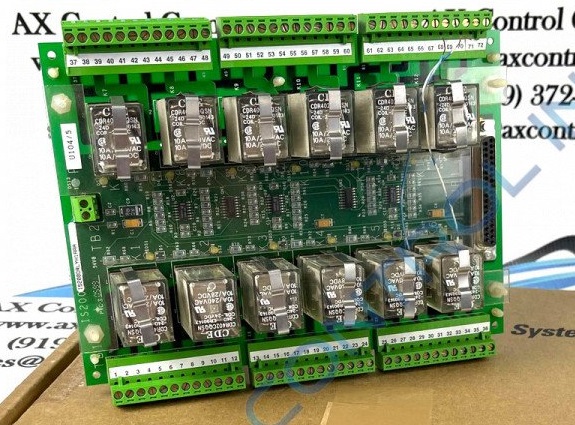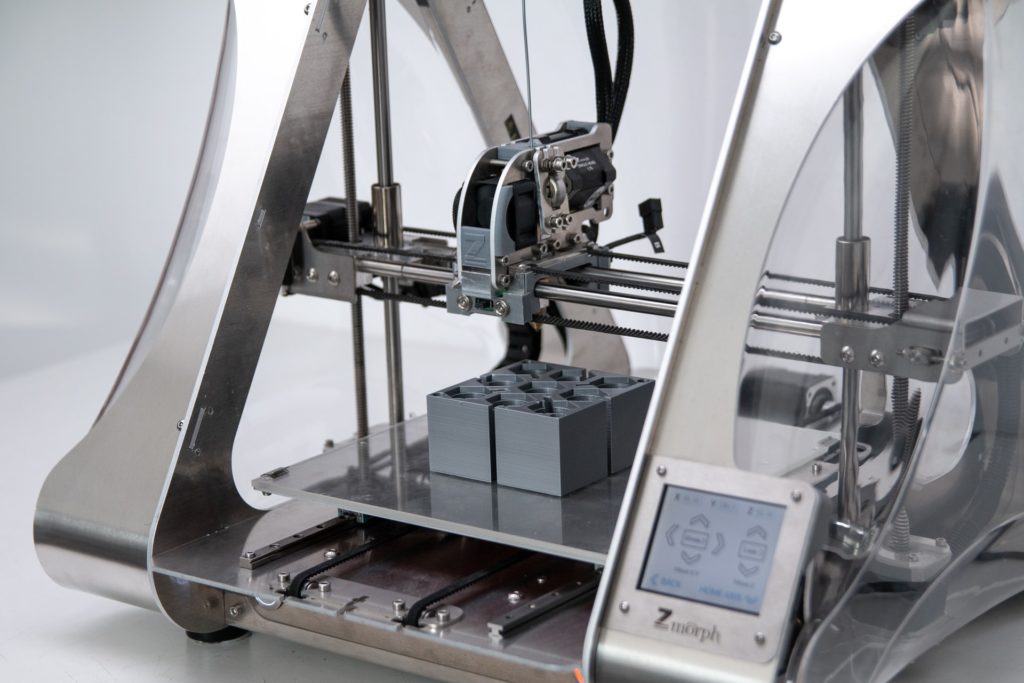
What do you know about circuit board reference designators?
If you’ve worked with printed circuit boards (PCBs) at all, you’ve noticed the letter codes on their surface. These are called reference designators. If you’ve designed circuit boards, you’ve probably spent more time than you want thinking about them.
What are Reference Designators?
Circuit board letters can be confusing when you first start working with components. These small codes litter the board’s surface and are sometimes hard to read. And sometimes they don’t make sense. Q for transistor? U for integrated circuit? What the heck.
Continue reading “Circuit Board Reference Designators: FAQs”


You must be logged in to post a comment.